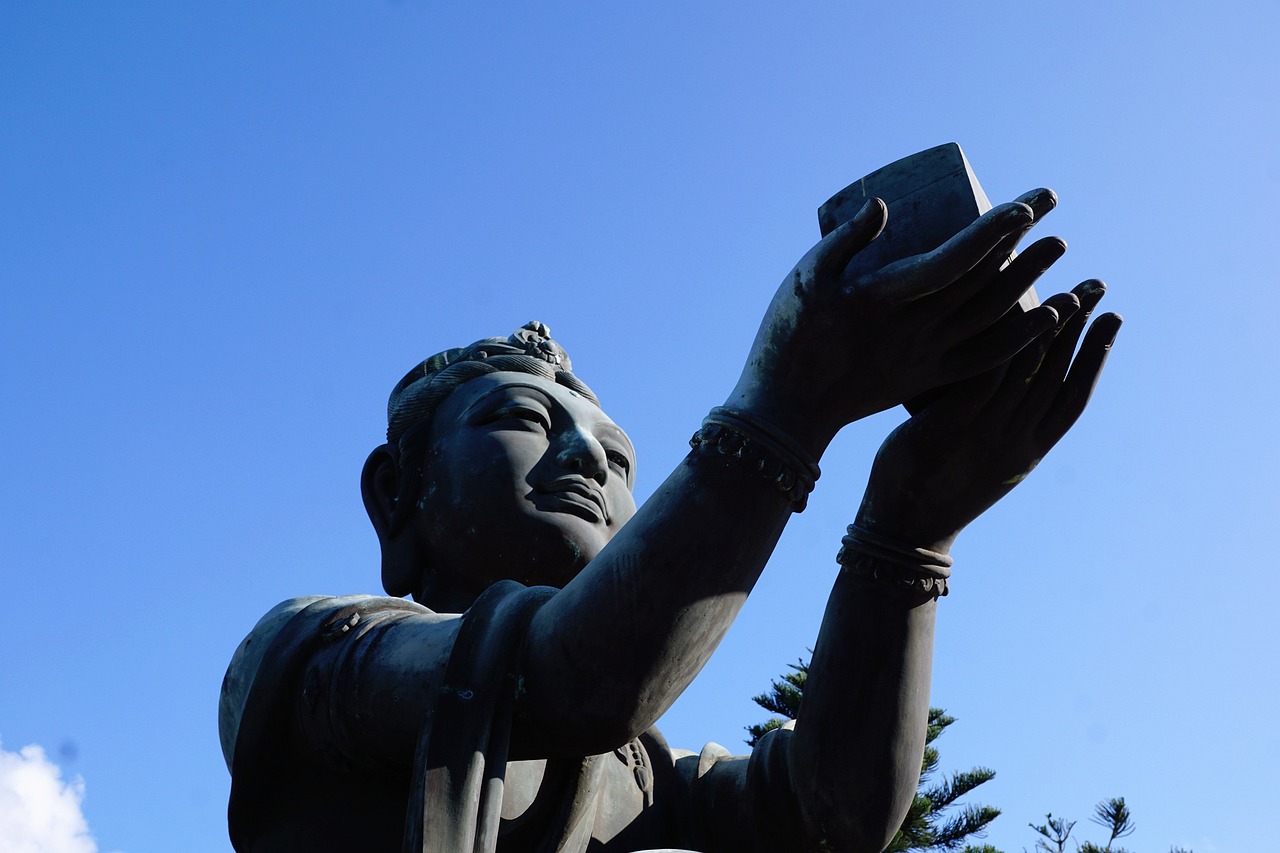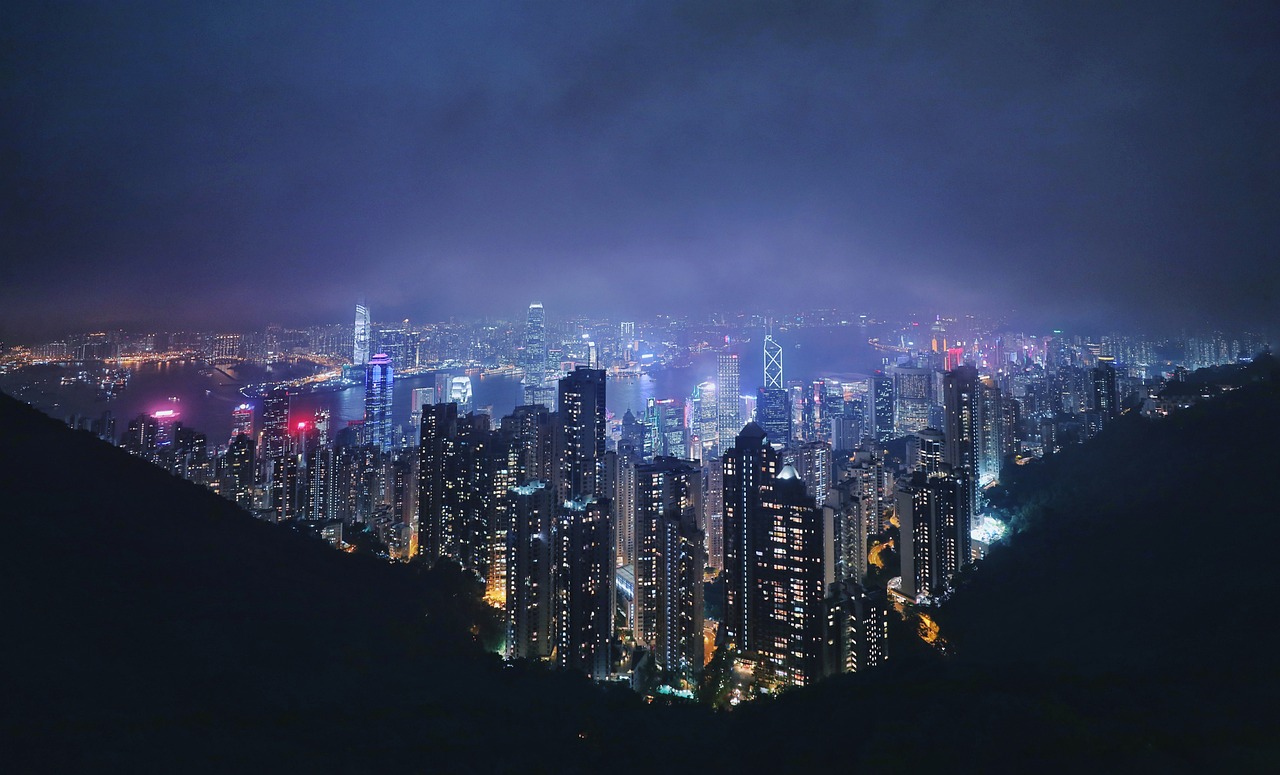Avoiding Tourist Traps in Hong Kong
Hong Kong is a vibrant and bustling city that attracts millions of tourists each year. With its rich culture, stunning skyline, and delicious cuisine, it’s no wonder visitors flock to this Asian metropolis. However, like any popular tourist destination, Hong Kong has its fair share of tourist traps that can drain your wallet and leave you feeling underwhelmed. To help you navigate the city like a local and avoid these traps, we’ve compiled a list of insider tips. From hidden gems to lesser-known attractions, this guide will ensure you have an authentic and memorable experience in Hong Kong.
Section 1: Exploring the Neighborhoods
When visiting Hong Kong, it’s essential to explore beyond the typical tourist hotspots like Central and Tsim Sha Tsui. The city is divided into several distinct neighborhoods, each with its own unique charm. Here are some lesser-known neighborhoods worth exploring:
- Sheung Wan: This neighborhood is known for its traditional Chinese medicine shops and antique stores. Take a stroll along Hollywood Road and discover hidden art galleries and trendy cafes.
- Sham Shui Po: If you’re looking for a taste of local life, head to Sham Shui Po. This working-class neighborhood is home to bustling street markets, where you can find everything from fabrics to electronics at bargain prices.
- Causeway Bay: This vibrant neighborhood is a shopper’s paradise. Explore the maze-like alleys of the Fashion Walk and discover trendy boutiques and local designer stores.
Section 2: Eating Like a Local
Hong Kong is renowned for its incredible food scene, but many tourists end up in overpriced tourist traps. To truly experience Hong Kong’s culinary delights, venture off the beaten path and try these local favorites:
- Cha Chaan Teng: These traditional Hong Kong-style cafes serve up a fusion of Chinese and Western dishes at affordable prices. Try classics like pineapple buns and Hong Kong-style milk tea.
- Dai Pai Dong: These open-air food stalls offer a unique dining experience. Sample street food favorites like curry fish balls, stinky tofu, and roasted chestnuts.
- Wet Markets: Visit a local wet market to experience the vibrant atmosphere and pick up fresh ingredients. Many wet markets also have cooked food stalls where you can enjoy authentic Cantonese dishes.
Section 3: Getting Around Efficiently
Hong Kong has an efficient and extensive public transportation system that can save you time and money. Here are some tips to navigate the city like a pro:
- Octopus Card: Invest in an Octopus Card, a rechargeable smart card that can be used on buses, trams, ferries, and the MTR (Mass Transit Railway). It offers discounted fares and saves you the hassle of buying individual tickets.
- Trams and Ferries: Take a ride on the iconic double-decker trams or hop on a ferry to explore the outlying islands. These modes of transportation offer scenic views and a unique perspective of the city.
- Avoid Peak Hours: To avoid the crowds, try to travel outside of peak hours. Rush hour on the MTR can be extremely crowded, so plan your journeys accordingly.
Hong Kong Image 1:

Section 4: Discovering Hidden Temples
Beyond the famous Man Mo Temple and Wong Tai Sin Temple, Hong Kong is home to many lesser-known temples that offer a tranquil escape from the bustling city. Here are a few hidden gems:
- Po Lin Monastery: Located on Lantau Island, this Buddhist monastery is famous for its giant bronze Buddha statue. Explore the beautiful gardens and enjoy a vegetarian meal at the monastery’s restaurant.
- Tin Hau Temple: Dedicated to the goddess of the sea, Tin Hau Temple is a charming place of worship in Stanley. Admire the intricate architecture and soak in the peaceful atmosphere.
- Chi Lin Nunnery: This Buddhist complex in Diamond Hill is known for its stunning Tang Dynasty-style architecture and serene gardens. It offers a peaceful retreat from the city’s hustle and bustle.
Section 5: Enjoying Nature
While Hong Kong is often associated with its towering skyscrapers, the city also boasts breathtaking natural landscapes. Escape the urban jungle and explore these natural wonders:
- Dragon’s Back: Embark on a hike along the Dragon’s Back trail for stunning panoramic views of Hong Kong Island and its surrounding islands. This scenic trail is a favorite among locals and offers a refreshing escape from the city.
- Sai Kung: Known as the “back garden of Hong Kong,” Sai Kung is a paradise for nature lovers. Explore its beautiful beaches, hike through lush forests, and enjoy fresh seafood at the waterfront restaurants.
- Lamma Island: Take a ferry to Lamma Island and discover its picturesque fishing villages, scenic hiking trails, and pristine beaches. Enjoy a seafood feast at one of the island’s many seafood restaurants.
Hong Kong Image 2:

Section 6: Shopping Off the Beaten Path
While Hong Kong is known for its luxury malls and designer boutiques, there are also plenty of hidden shopping gems to explore. Here are a few off-the-beaten-path shopping destinations:
- PMQ: Located in the trendy neighborhood of Soho, PMQ is a creative hub housed in a former police dormitory. Discover local designers, independent boutiques, and unique handmade crafts.
- Stanley Market: Escape the city and head to Stanley Market, a bustling open-air market on the southern coast of Hong Kong Island. Browse through stalls selling clothing, accessories, and souvenirs.
- Tung Choi Street: Known as the “Ladies Market,” Tung Choi Street in Mong Kok offers a wide variety of affordable clothing, accessories, and souvenirs. Practice your bargaining skills and snag a bargain.
Section 7: Exploring Street Art
Hong Kong’s vibrant street art scene adds color and creativity to the city’s walls. Take a stroll through these neighborhoods to discover impressive murals and graffiti:
- Sheung Wan: This neighborhood is home to the famous “Ladder Street” mural, a colorful staircase adorned with street art. Explore the surrounding streets to find hidden gems.
- Causeway Bay: The walls of Causeway Bay are adorned with vibrant murals and graffiti. Don’t miss the iconic “Monster Building” on Yik Yam Street, which has become a popular Instagram spot.
- Central: The streets of Central are filled with street art, with many alleys and side streets showcasing impressive murals. Take a walk along Hollywood Road and explore the graffiti-covered walls.
Section 8: Local Markets and Night Markets
To experience the vibrant atmosphere of Hong Kong, visit the local markets and night markets. Here are a few must-visit markets:
- Temple Street Night Market: Located in Kowloon, this bustling night market offers a wide range of goods, from clothing and accessories to electronics and souvenirs. Don’t forget to haggle for the best prices.
- Goldfish Market: This unique market in Mong Kok specializes in all things related to fish. Explore shops selling exotic fish, aquarium supplies, and intricate fish tanks.
- Flower Market: Located in Mong Kok, the Flower Market is a colorful paradise filled with a variety of flowers, plants, and gardening accessories. Take in the fragrant scents and admire the beautiful blooms.
Hong Kong Image 3:

Section 9: Cultural Immersion
Immerse yourself in Hong Kong’s rich culture and traditions by participating in these unique experiences:
- Tai Chi Class: Join a Tai Chi class in one of Hong Kong’s parks and learn this ancient martial art form. It’s a great way to relax, exercise, and connect with the local community.
- Traditional Tea House: Visit a traditional tea house and experience the art of tea drinking. Savor different types of Chinese tea and learn about the tea ceremony.
- Chinese Opera: Catch a performance of Chinese opera to witness the elaborate costumes, mesmerizing music, and impressive acrobatics. Check the schedules of venues like the Xiqu Centre for upcoming shows.
Section 10: Off-Peak Travel
To avoid the crowds and enjoy a more intimate experience, consider visiting Hong Kong during the off-peak season. The months of October to December and February to April generally have fewer tourists, allowing you to explore the city at a more relaxed pace.
Section 11: Language and Etiquette
Learning a few basic Cantonese phrases can go a long way in Hong Kong. While English is widely spoken, locals appreciate the effort to communicate in their native language. Here are a few useful phrases:
- Hello: Nei hou
- Thank you: M̀h’gōi
- Excuse me: Dóh je
- Sorry: Dík m̀h jé
When interacting with locals, it’s important to be respectful and observe local customs. Avoid pointing with your index finger, as it can be considered impolite. Instead, use an open hand or gesture with your chin.
Section 12: Conclusion
By following these insider tips, you can avoid tourist traps and experience the true essence of Hong Kong. From exploring hidden neighborhoods to indulging in local cuisine, there’s something for everyone in this vibrant city. So pack your bags, venture off the beaten path, and immerse yourself in the culture and beauty of Hong Kong.
References
– Discover Hong Kong: discoverhongkong.com
– Hong Kong Tourism Board: discoverhongkong.com/eng/index.html
– Lonely Planet: lonelyplanet.com/hong-kong
– Time Out Hong Kong: timeout.com/hong-kong


